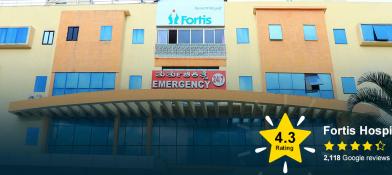HIDA scan
A hepatobiliary (HIDA) scan is an imaging procedure used to diagnose problems in the liver, gallbladder and bile ducts.In the HIDA scan, a radioactive chemical or tracer is injected into a vein in your arm.The tracer is handled by the liver like bile. Bile is a fluid produced and excreted by your liver that helps your digestive system break down fats in the foods you eat. Bile is stored in your gallbladder and the gallbladder releases the bile when you eat a meal.A special nuclear medicine scanner (gamma camera) tracks the flow of the tracer from your liver into your gallbladder and small intestine.The name HIDA comes from an early tracer used for the scan, hydroxy iminodiacetic acid. More effective tracers are used today.Cholescintigraphy, hepatobiliary scintigraphy are other names for a HIDA scan.




























